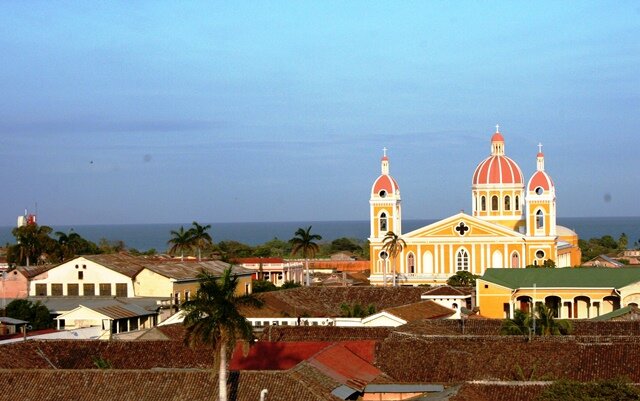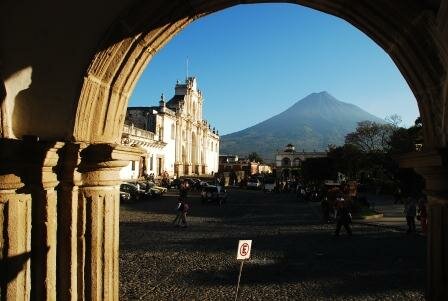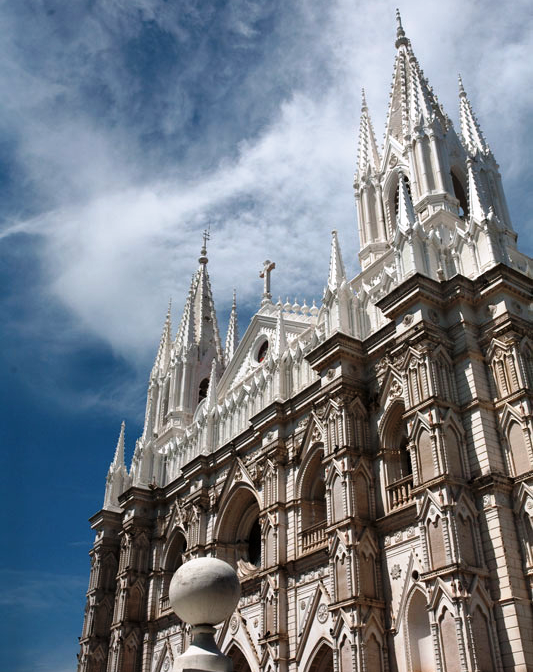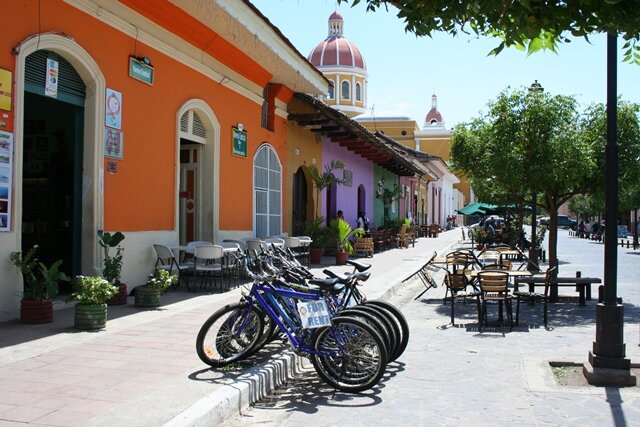
There are a few places in the world that promise unique experiences for lovers of diving, snorkeling, and marine life, and one of them is on the Caribbean coasts of Mexico, Belize, Guatemala and Honduras: the magnificent Mesoamerican Barrier Reef System.
The Mesoamerican Reef is the second largest reef in the world (after the Great Barrier Reef in Australia) and the largest in the Western Hemisphere, extending approximately 625 miles (1,000 kilometers) from the Yucatan Peninsula in Mexico to the Bay Islands on the northern coast of Honduras.
Throughout this reef system are vast expanses of coastal wetlands, seagrass pastures, lagoons, mangrove forests, beaches, and dunes. These ecosystems are home to a rich biodiversity that includes 65 species of stony corals, 350 species of mollusks, more than 500 species of fish, and one of the largest manatee populations in the world. In addition, on the reef and in its surroundings live many endangered species such as leatherback sea turtles, West Indian manatees, black coral, and marine crocodiles, and seasonally it is also home to the largest aggregation of whale sharks worldwide.
This rich biodiversity and the beauty of the landscapes created by the reef's ecosystems make it a great tourist attraction. An estimated one in five people living on Caribbean coastlines is employed in tourism, an industry that is among the primary sources of income in these countries.
For starters, travelers can enjoy beautiful, fine white sand beaches that are products of the disintegrated remains of corals, calcareous algae, and other reef organisms. Tourists can also explore the coastal wetlands and mangroves of this reef, which serve as the nursery for many species of fish and provide an excellent opportunity to observe wildlife on canoeing and kayaking excursions.
However, scuba diving is the way that tourists can best experience the reef in all of its splendor. The warm, shallow, crystal clear waters of the coast bordering the Mesoamerican Reef offer impressive visibility of the hundreds of multicolored fish, turtles, manatees, and other marine species, as well as many types of coral.
Cancun, the Riviera Maya, and Costa Maya are some of Mexico's most popular sites for diving. In Belize, the biggest attraction is the Blue Hole; considered one of the top 10 dive sites in the world, it is located in Lighthouse Atoll and consists of a system of underwater caves and passages with stalactite formations dating to the last ice age. On the Caribbean side of Guatemala, the port of Livingston is popular for diving directly offshore and in the nearby Belize Cays. Finally, Honduras boasts sites such as Tela, Cayos Cochinos, Puerto Cortes and the Bay Islands (Roatán, Guanaja and Utila).
Sadly, the Mesoamerican Reef faces major threats caused by pollution, over exploitation of resources, and uncontrolled coastal development, among others. For this reason, and because of its immense importance for wildlife and the economy, the countries near the reef have created several national parks and protected areas to help conserve it. Some of these are Cozumel Reefs National Park, the Belize Barrier Reef, Hol Chan Marine Reserve, the Sian Ka'an Biosphere Reserve, and the Cayos Cochinos Marine Park.
Similarly, initiatives such as the Mesoamerican Reef Tourism Initiative (MARTI) and several community projects aim to implement best sustainable tourism practices to reduce the negative impact of tourism activities on the wonderful Mesoamerican Reef.
If you want to experience the reef responsibly, search our listing for sustainable hotels and tour operators on the Caribbean coast of Mexico, Belize, Guatemala and Honduras.













 3) Consider your impact
3) Consider your impact

 The Honduran Caribbean is known for the Bay Islands, which include the idyllic destination of Roatan. The islands are surrounded by the southern end of the Mesoamerican Barrier Reef, the second longest coral reef in the world. In addition to Roatan, the islands of Utila, Guanaja and the Cayos Cochinos are world-class scuba diving and snorkeling destinations, since their crystal clear waters are home to a wealth of marine biodiversity. They are also great places for people who just want to relax on a sunny beach, stroll through a tranquil coastal village, or listen to the tales of pirates that the locals like to tell.
The Honduran Caribbean is known for the Bay Islands, which include the idyllic destination of Roatan. The islands are surrounded by the southern end of the Mesoamerican Barrier Reef, the second longest coral reef in the world. In addition to Roatan, the islands of Utila, Guanaja and the Cayos Cochinos are world-class scuba diving and snorkeling destinations, since their crystal clear waters are home to a wealth of marine biodiversity. They are also great places for people who just want to relax on a sunny beach, stroll through a tranquil coastal village, or listen to the tales of pirates that the locals like to tell. The small city of La Ceiba, on the Caribbean coast, lies near such a wealth of natural and cultural attractions that it has been dubbed an "ecotourism capital." The verdant mountains that tower to the south of it are protected within Pico Bonito National Park, which holds lush cloud forest, rocky peaks, about 46 rivers, and countless gorgeous waterfalls. It offers perfect conditions for climbing, rafting, kayaking, hiking and horseback riding. La Ceiba also has some lovely beaches nearby, such as Corozal and Sambo Creek, where the local communities preserve the Afro-Caribbean Garifuna culture and language. Each year in late May, these towns overflow with celebration during the Gran Carnaval de la Amistad.
The small city of La Ceiba, on the Caribbean coast, lies near such a wealth of natural and cultural attractions that it has been dubbed an "ecotourism capital." The verdant mountains that tower to the south of it are protected within Pico Bonito National Park, which holds lush cloud forest, rocky peaks, about 46 rivers, and countless gorgeous waterfalls. It offers perfect conditions for climbing, rafting, kayaking, hiking and horseback riding. La Ceiba also has some lovely beaches nearby, such as Corozal and Sambo Creek, where the local communities preserve the Afro-Caribbean Garifuna culture and language. Each year in late May, these towns overflow with celebration during the Gran Carnaval de la Amistad. Those sprawling ruins, located near the country's border with Guatemala, consist of more than 1,400 sites and 4,500 buildings that retain remnants of impressive Mayan architecture. Copán's sculpted monoliths, called "stelae," exhibit such detail and craftsmanship that it is considered one of the best places in the region to experience Mayan art. In recognition of this, UNESCO designated Copán a World Heritage Site. Among its most impressive attractions are the Archaeological Park, the sites of Las Sepulturas and Los Sapos, the Museum of Mayan Archaeology and the Museum of Mayan Sculpture.
Those sprawling ruins, located near the country's border with Guatemala, consist of more than 1,400 sites and 4,500 buildings that retain remnants of impressive Mayan architecture. Copán's sculpted monoliths, called "stelae," exhibit such detail and craftsmanship that it is considered one of the best places in the region to experience Mayan art. In recognition of this, UNESCO designated Copán a World Heritage Site. Among its most impressive attractions are the Archaeological Park, the sites of Las Sepulturas and Los Sapos, the Museum of Mayan Archaeology and the Museum of Mayan Sculpture.
